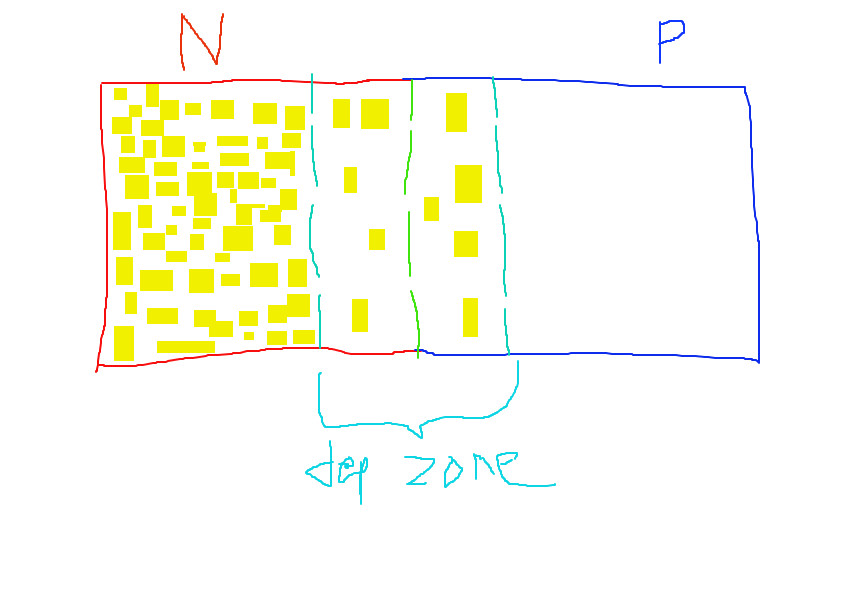I have an assignment where I need to:
I honestly have hardly any idea what I can do to model the experiment. I've searched online and the only examples I can find include using students moving around in a circle with an extra chair, but that's not practical with my class for a number of reasons, and the other one I found involved using eggs, but someone else in the class is using that idea and my teacher's told me to do something else.
Any help, guys? I've been thinking of trying to get, say, 5 tennis balls, or ping pong balls, and get a sort of circular platform with 6 'dents', where everytime I push the one of the balls on the edge, it would push the rest of the balls in front of it so they all move along one position on the platform. Does that make any sense? lol. I have no idea what kind of 'platform' I can use, though, so any help would be appreciated.
Perform an investigation to model the behaviour of semiconductors, including the creation of a hole or positive charge on the atom that has lost the electron and the movement of electrons and holes in opposite directions when an electric field is applied across the semiconductor
I honestly have hardly any idea what I can do to model the experiment. I've searched online and the only examples I can find include using students moving around in a circle with an extra chair, but that's not practical with my class for a number of reasons, and the other one I found involved using eggs, but someone else in the class is using that idea and my teacher's told me to do something else.
Any help, guys? I've been thinking of trying to get, say, 5 tennis balls, or ping pong balls, and get a sort of circular platform with 6 'dents', where everytime I push the one of the balls on the edge, it would push the rest of the balls in front of it so they all move along one position on the platform. Does that make any sense? lol. I have no idea what kind of 'platform' I can use, though, so any help would be appreciated.

